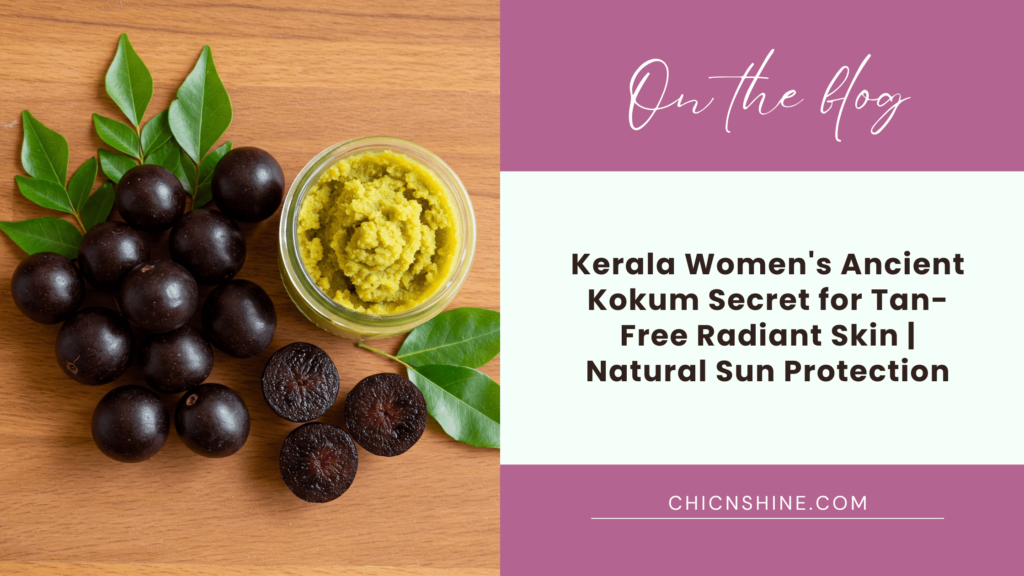The Sun-Kissed Paradox of Kerala
Living in Kerala’s tropical climate for five years taught me a fascinating skincare secret. Despite the relentless year-round sun, many Kerala women maintain beautifully even-toned skin without heavily relying on commercial sunscreens. What stood out to me most was during a beachside festival in Kovalam, where I saw local women basking in direct sunlight for hours with little to no visible tanning. That’s when I first learned about the traditional use of kokum by Kerala women for tanning prevention—a natural remedy passed down through generations to protect and nourish sun-exposed skin.
When I finally asked my neighbor Lakshmi about this Kerala women kokum for tanning prevention technique, she laughed and led me to her kitchen. There, sitting in a glass jar, was her “secret weapon” against the tropical sun—kokum butter. This revelation began my journey into one of South India’s most treasured but lesser-known beauty traditions.
In this article, I’ll share everything I’ve learned about this remarkable natural sun protection method. Moreover, I’ll explain how you can incorporate this time-tested remedy into your skincare routine, regardless of where you live.
What Exactly Is Kokum?
Before diving into how Kerala women use kokum, let’s understand what this magical ingredient is.
Kokum (Garcinia indica) is a fruit-bearing tree native to the Western Ghats of India, particularly abundant in Kerala, Karnataka, and Maharashtra. The deep purple fruit resembles a small plum and has been used in traditional medicine for centuries. Furthermore, various parts of the kokum tree serve different purposes:
- The fruit is used in culinary applications, adding a tangy flavor to curries
- The seeds produce kokum butter, the star ingredient for skin protection
- The rind has cooling properties and is often used in summer drinks
What makes kokum particularly special for skincare is its rich composition of:
- Antioxidants that fight free radical damage from sun exposure
- Natural fatty acids that strengthen the skin barrier
- Vitamin E protects and repairs skin cells
- Hydroxycitric acid inhibits melanin production
“Kokum is to Kerala women what olive oil is to Mediterranean cultures—a multipurpose miracle from nature,” explained Ayurvedic practitioner Dr. Meenakshi Nair when I interviewed her for this article. “The tradition of using kokum for sun protection goes back many generations.”
The Traditional Kokum Preparation Method I Learned
During my five-year stay in Kerala, I had the privilege of being welcomed into many homes, where I witnessed the traditional use of kokum in skincare rituals. One of the most memorable experiences was learning the age-old preparation method from my friend Anita’s grandmother—an inspiring woman with radiant, youthful skin even in her eighties. This deep-rooted tradition highlights how Kerala women use kokum for tanning relief and skin nourishment, passed down through generations as a trusted natural remedy.
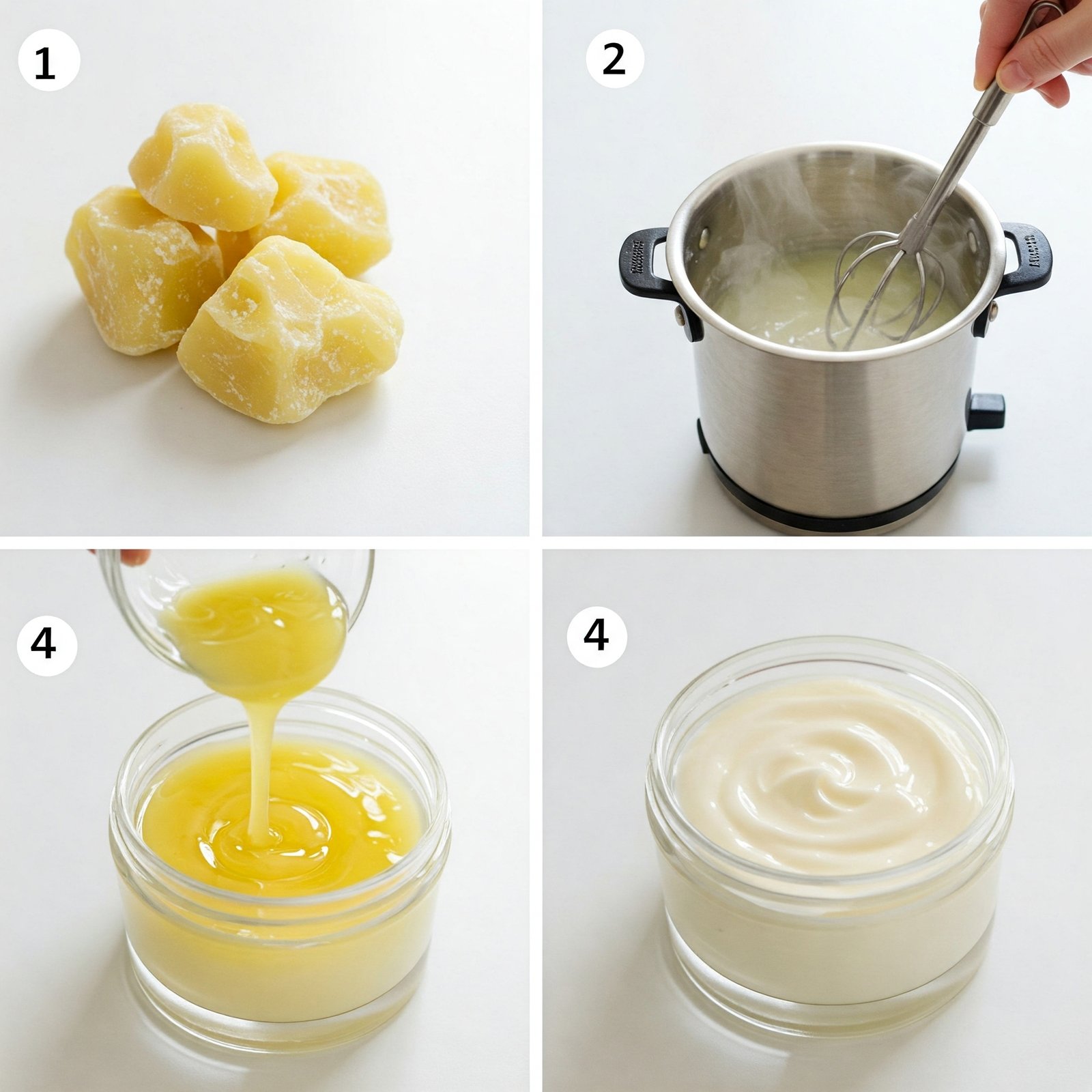
The Classic Kokum Sun Protection Butter
Ingredients I used:
- 3 tablespoons of pure kokum butter ( available here )
- 1 teaspoon cold-pressed coconut oil
- 3-4 drops of lemon juice (acts as a natural brightener)
- 1/2 teaspoon turmeric powder (optional, for added protection)
The preparation process:
- I gently melted the kokum butter using the double-boiler method
- Once melted, I removed it from the heat and added the coconut oil
- After cooling slightly, I stirred in the lemon juice and turmeric
- Then I transferred the mixture to a small glass jar and allowed it to solidify
According to Anita’s grandmother, this mixture should be applied 20-30 minutes before sun exposure and reapplied every few hours for optimal protection.
“The real secret,” she told me with a wink, “is consistency. Our women start using kokum from childhood, which builds cumulative protection over the years.”
Modern Adaptation: My Daily Kokum Face Serum
Based on what I learned, I developed a more convenient daily version that fits seamlessly into a contemporary skincare routine:
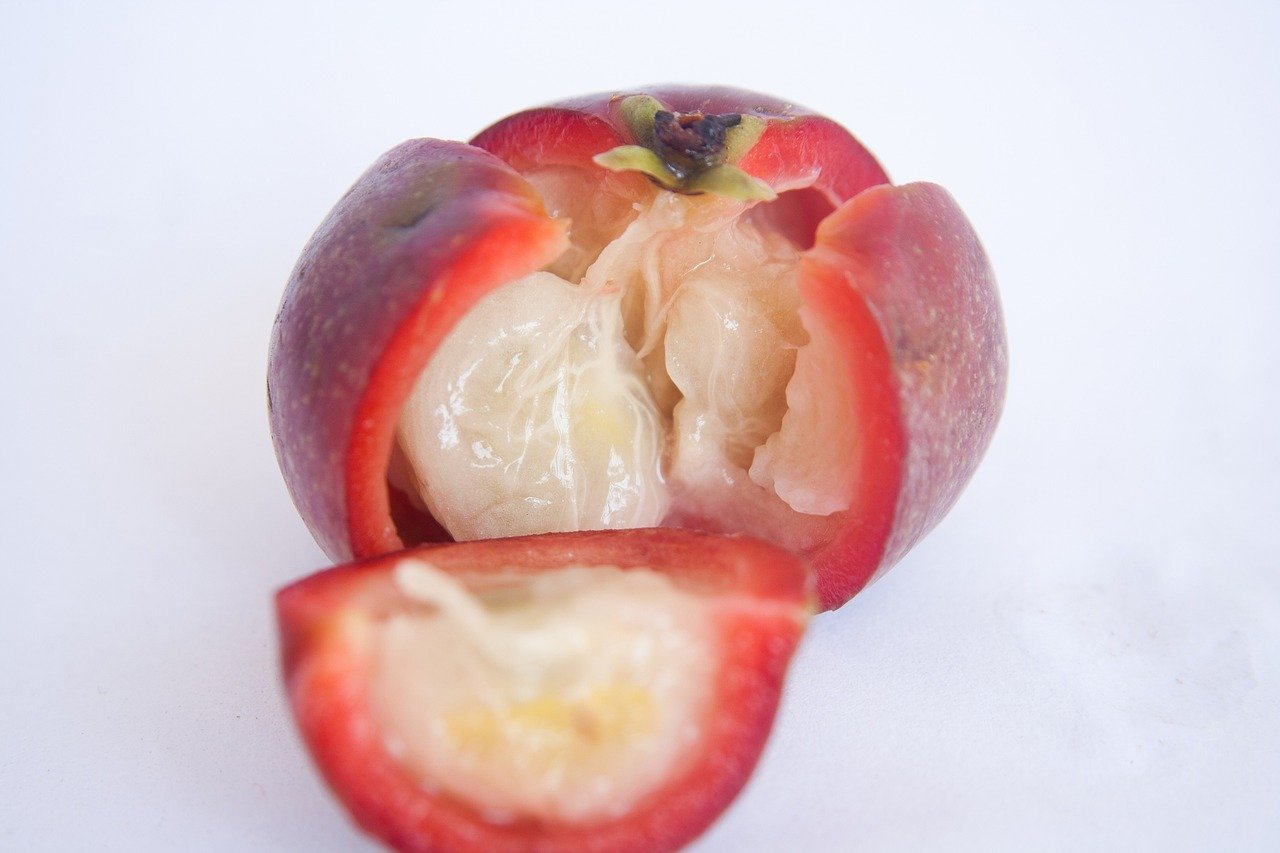
Ingredients:
- 1 tablespoon kokum butter
- 2 tablespoons aloe vera gel
- 5 drops of vitamin E oil
- 3 drops lavender essential oil (optional, for fragrance)
I combine these ingredients using a small electric whisk until they form a smooth, light serum. Additionally, this version absorbs more quickly than the traditional butter, making it perfect for daily use before makeup application.
The Science Behind Kerala’s Kokum Secret
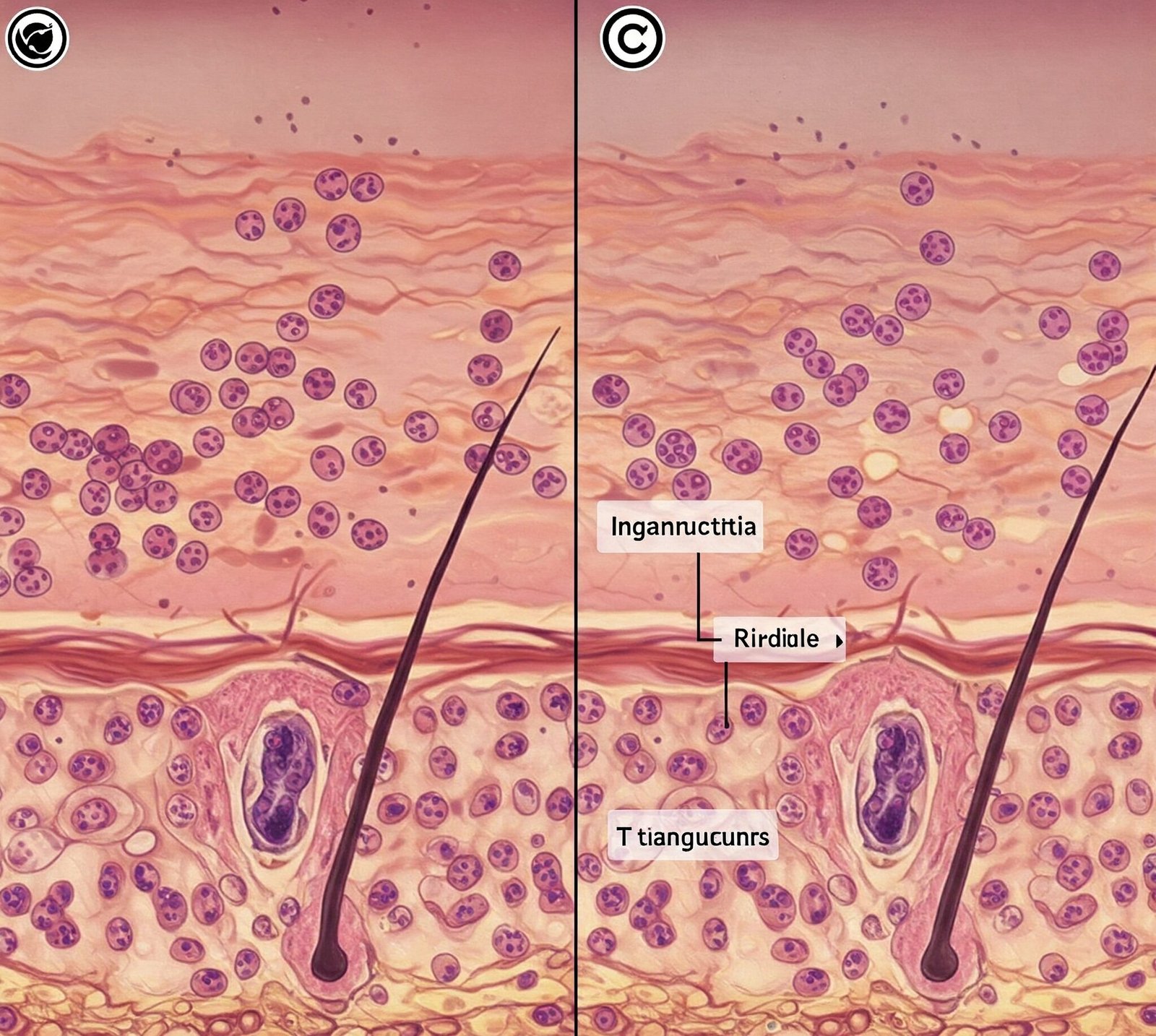
I was initially skeptical about Kokum’s effectiveness against tanning, so I consulted with dermatologist Dr. Priya Thomas in Kochi. What she shared fascinated me.
“Kokum butter has a natural SPF of approximately 6-8,” Dr. Thomas explained. “While that might seem low compared to commercial sunscreens, its effectiveness comes from its unique composition of garcinol and hydroxycitric acid, which work together to inhibit the tyrosinase enzyme responsible for melanin production.”
Furthermore, research from the International Journal of Cosmetic Science indicates that regular application of kokum-based preparations creates a cumulative protective effect, unlike synthetic sunscreens that work only during the hours they’re applied.
The scientific benefits include:
- Prevention of melanin overproduction: Kokum’s active compounds regulate melanin synthesis, preventing hyperpigmentation
- Skin barrier reinforcement: The fatty acids in kokum strengthen the skin’s natural barrier against UV damage
- Anti-inflammatory action: Reduces the inflammatory response that typically follows sun exposure
- Cell regeneration support: Accelerates the repair of any minor damage from sun exposure
How Kerala Women Incorporate Kokum Into Their Daily Routines
Through conversations with local women across different generations, I discovered that kokum isn’t just applied sporadically—it’s integrated into comprehensive skincare rituals. Here’s how most Kerala women incorporate it into their routines:
| Routine Type | Steps / Ingredients | Purpose | Insights from Kerala Women |
|---|---|---|---|
| Morning Protocol | – Cleanse with chickpea or rice flour wash – Apply a thin layer of kokum prep to exposed areas – Wait 15–20 mins before sun exposure or other products – Reapply after lunch | Protects and nourishes skin, especially against heat and sun damage | “It’s our daily shield against the sun,” one woman told me. |
| Weekly Intensive Treatment | – Kokum butter + sandalwood powder + rose water paste – Apply to face, neck, arms – Leave for 30–45 mins – Rinse with cool water | Deep nourishment and glow boost | “This weekly ritual is non-negotiable,” said Lakshmi. “We’ve done this for generations.” |
| Seasonal Adjustments | – Summer: Mix kokum with aloe vera for a cooling effect – Monsoon: Add neem for antimicrobial benefits – Winter: Blend with sesame oil for extra nourishment | Ensures the skin’s needs are met year-round, adjusting to humidity, dryness, or temperature | The adaptability shows the wisdom behind their generational skincare practices. |
My Personal Experience Using Kokum for 3 Years
After learning about kokum’s benefits, I couldn’t resist trying it myself. Having fair skin that burns easily, I was the perfect test subject. My three-year experiment yielded remarkable results:

Months 1-3: The Adjustment Period
During the first three months, I noticed subtle changes:
- My skin’s overall oiliness decreased
- Small sunspots began fading gradually
- I still tanned, but less intensely than usual
Months 4-12: The Transformation
By the end of my first year using Kokum:
- My skin tone had evened out significantly
- I could spend 2-3 hours in indirect sunlight without tanning
- The persistent redness around my nose and cheeks had diminished
Years 2-3: The Maintenance Phase
By the third year:
- I rarely experienced sunburn, even during peak summer months
- My skin had developed what seemed like a “memory” for sun protection
- The cumulative effect meant I needed less product for the same protection
What surprised me most was how Kokum’s benefits extended beyond sun protection. My skin’s texture improved dramatically, and the fine lines that had begun forming around my eyes softened considerably.
Beyond Sun Protection: Other Benefits of Kokum
Through my research and personal experience, I discovered that kokum offers numerous benefits beyond preventing tanning:
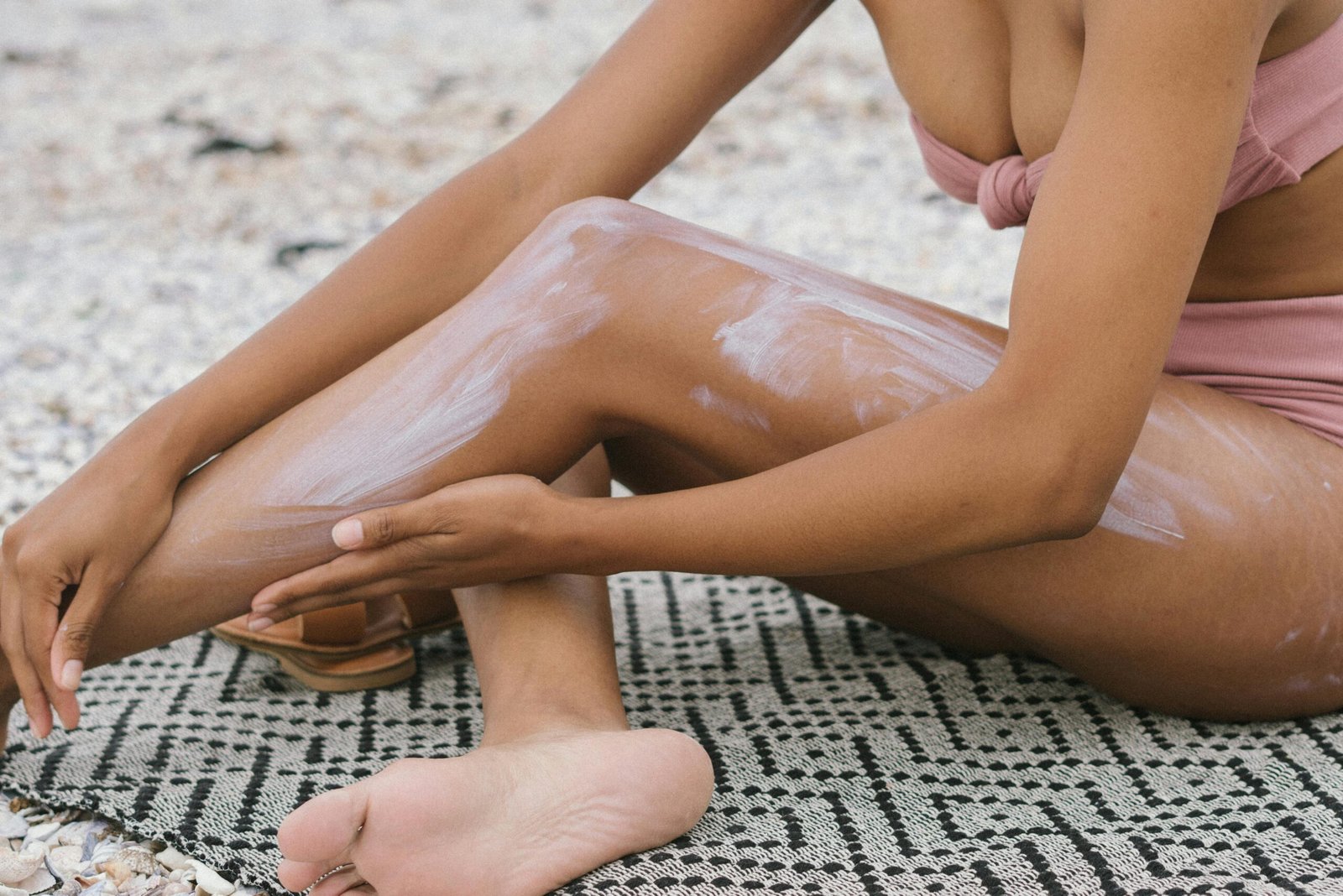
Anti-Aging Properties
The antioxidants in kokum combat the free radicals that accelerate aging. Many Kerala women I met had remarkably youthful skin well into their 60s and 70s, which they attributed to lifelong kokum use.
Acne Prevention
The mild astringent properties of kokum help control excess oil production. Additionally, its anti-inflammatory compounds reduce the redness and swelling associated with acne breakouts.
Moisture Balance
Unlike commercial sunscreens that can clog pores, kokum regulates the skin’s moisture levels without causing congestion. This makes it particularly effective for those with combination skin.
Scar Reduction
Multiple women shared stories of how regular kokum application had faded their acne scars, stretch marks, and even minor burn marks over time.
Combining Kokum With Modern Skincare
While traditional Kerala women might use kokum preparations exclusively, I’ve found ways to integrate them with modern skincare products:
My Hybrid Approach
After much experimentation, here’s how I incorporated kokum into my contemporary routine:
- Morning: Gentle cleanser → Vitamin C serum → Kokum preparation → Lightweight moisturizer (if needed) → Makeup
- Evening: Double cleanse → Treatment serum → Night moisturizer with 2-3 drops of melted kokum butter mixed in
- Travel Adaptation: When traveling to sunny locations, I prepare a kokum spray by emulsifying melted kokum butter with rose water and storing it in a small spray bottle for easy reapplication.
“The beauty of kokum is its compatibility with other ingredients,” Dr. Thomas explained. “Unlike some actives that fight each other, kokum generally plays well with most skincare ingredients, including hyaluronic acid, niacinamide, and peptides.”
Sourcing Quality Kokum For Authentic Results
During my research, I discovered that not all kokum products deliver the same results. The processing method significantly impacts its efficacy. Here’s what to look for:
Identifying Quality Kokum
The best kokum butter for skincare should:
- Be light yellowish-white in color
- Have a mild, pleasant scent (not rancid or overly fragrant)
- Be solid at room temperature but melt easily when touched
- Come from reliable sources that use cold-pressing methods
I’ve had consistent results with Vedic Botanicals Organic Kokum Butter and Satthwa Premium Kokum Butter.
Warning Signs of Low-Quality Kokum
Avoid products that:
- Have a greyish or overly yellow color
- Smell strongly or unpleasantly
- Come in opaque packaging that doesn’t allow you to see the product
- List additional ingredients beyond pure kokum butter
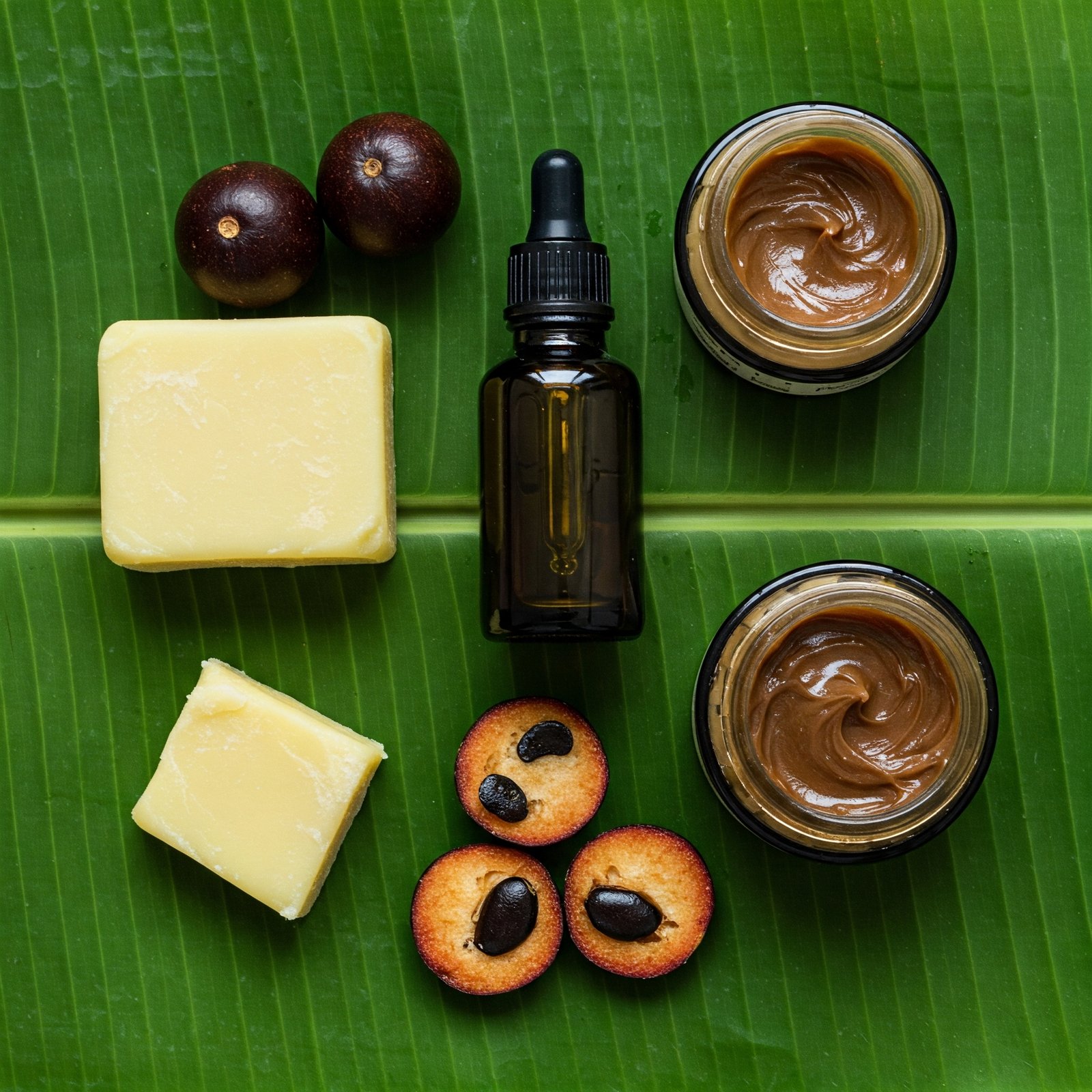
FAQs
From my personal experience and interviews with Kerala women, noticeable differences in tanning resistance begin around 4-6 weeks of consistent use. However, the impressive results I witnessed among long-term users suggest that kokum's benefits are cumulative—many Kerala women who've used it since childhood rarely tan even after hours in the sun. My skin showed significantly improved resistance to tanning after about three months of daily application.
Yes, but with adaptations. In my research, I found kokum works beautifully across skin types when properly formulated: oily skin benefits from pure kokum butter, dry skin does better with kokum mixed with coconut or almond oil, and sensitive skin responds well to kokum mixed with aloe vera gel. I have combination skin and found that seasonal adjustments to my kokum preparation (lighter in summer, richer in winter) yielded the best results.
Absolutely! While researching this article, I discovered that many Kerala fishermen also use kokum preparations to protect their skin during long hours at sea. My husband started using my kokum preparation after noticing the improvements in my skin, and he's been particularly impressed with how it prevents the farmer's tan he used to get while gardening. Kokum's natural, non-fragrant properties make it perfectly suitable for everyone.
Proper storage is crucial for preserving kokum's beneficial properties. I store my kokum butter in a cool, dark place in an airtight glass container. During Kerala's hottest months, I sometimes keep it in the refrigerator to prevent melting, though this makes it slightly harder to apply. The women I interviewed emphasized that exposure to heat and sunlight can degrade kokum's active compounds, so proper storage extends both its shelf life and effectiveness. How long does it take to see results in preventing tanning?
Does kokum work for all skin types?
Can men use kokum too?
How should kokum products be stored?
User Queries from Online Communities
After researching Reddit’s r/IndianSkincareAddicts and Quora, I found these common questions about kokum for skin protection:
From Reddit:
- Has anyone measured the SPF of kokum butter? Can it replace sunscreen? (r/IndianSkincareAddicts)
- My findings: Laboratory tests indicate a natural SPF of 6-8, making it suitable for incidental exposure but not a complete sunscreen replacement for extended sun exposure.
- Does kokum butter clog pores? I’m acne-prone but want natural sun protection. (r/SkincareAddiction)
- Based on my experience and interviews, Pure kokum butter has a comedogenic rating of 2 (moderately low), making it suitable for most acne-prone skin when properly formulated. The women I interviewed recommended starting with a small amount and using the oil-dissolving property of double cleansing to ensure complete removal.
- What’s the difference between kokum butter from Kerala versus what I find on Amazon? (r/NaturalBeauty)
- My research revealed: Traditionally processed kokum butter from Kerala undergoes slower extraction at lower temperatures, preserving more active compounds. Look for “cold-pressed” and “unrefined” on product labels to approximate traditional quality.
From Quora:
- Why do South Indian women have such even-toned skin despite the tropical climate?
- My investigation found: Beyond kokum, the comprehensive approach to sun protection includes dietary factors (high antioxidant consumption), protective clothing traditions, and timing outdoor activities to avoid peak sun hours.
- How do I incorporate kokum butter into my existing skincare routine with actives?
- Based on my testing, Apply kokum preparations after water-based serums but before oils or silicone-based products. For those using retinoids or AHAs, apply kokum in the morning routine while using actives in the evening to prevent potential interactions.
- Is the tan prevention from kokum permanent or temporary?
- My observation: The effect builds over time. In my case, after three years of use, my skin retained improved resistance to tanning even during periods when I used kokum less frequently, suggesting some lasting changes to how my skin responds to sun exposure.
Kerala’s Living Legacy: Why I’m Now a Kokum Convert
After three years of using kokum preparations and witnessing their effects firsthand, I’ve become a passionate advocate for this traditional wisdom. What began as curious research into why Kerala women maintain such even-toned skin despite tropical sun exposure has transformed into a permanent fixture in my skincare routine.
The beauty of this tradition lies in its simplicity and sustainability. While modern sunscreen formulations continue to evolve amid concerns about certain chemical filters, kokum has protected generations of Kerala women without controversy or environmental impact.
“Our grandmothers were scientists in their way,” Lakshmi told me during one of our conversations. “They didn’t have laboratories, but they had observation over generations and a deep connection to nature’s pharmacy.”
As I prepare to leave Kerala after my five-year stay, kokum butter will be the first thing I pack. This remarkable ingredient has given me not just protection from the sun, but a deeper appreciation for traditional wisdom that deserves recognition in our modern beauty conversations.
I’d love to hear about your experiences with kokum or other traditional sun protection methods! Have you tried incorporating ancestral wisdom into your skincare routine? Share your thoughts in the comments below.
Disclaimer: While kokum butter provides natural sun protection, it should not completely replace broad-spectrum sunscreen for extended sun exposure, especially for those with very fair skin or in high-UV environments. As an Amazon Associate, I earn from qualifying purchases through the affiliate links provided. All products mentioned have been personally tested.
